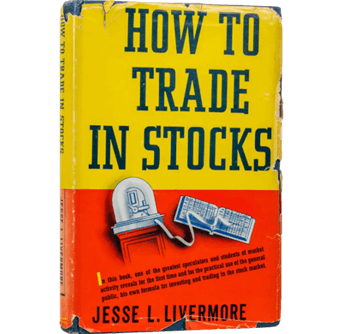The stock pyramid rule is an investment strategy aimed at gradually establishing and expanding positions by buying and selling stocks in batches in order to achieve better investment returns. The basic idea of this strategy is to gradually increase positions when the stock price rises and gradually reduce positions when the stock price falls to adapt to market fluctuations.

According to the pyramid rule, investors only purchase a small amount of stocks when opening positions to ensure controllable risk. When Stock Prices rise and reach expected targets, investors will continue to buy more stocks and gradually establish positions. This gradually increasing position approach can allow investors to gradually expand their investment scale when the stock price rises, thereby improving overall returns.
However, if stock prices begin to decline, investors will gradually reduce their holdings or sell stocks based on their own set stop-loss points. The purpose of doing so is to reduce losses in the event of a stock price decline and protect already profitable positions.
The principle of the stock pyramid rule is to gradually build and reduce positions according to market trends to maximize the return on investment. The core principles can be summarized as follows:
1. Gradually build warehouses.
In the upward trend of the market, investors will gradually increase their positions and gradually establish positions. By buying stocks in batches, one can gradually expand the investment scale when the stock price rises, thereby obtaining higher investment returns.
2. Stop loss
When the stock price drops, investors will set a stop-loss point and gradually reduce their holdings or sell the stock. The purpose of doing so is to reduce losses and protect already profitable positions when market risk increases.
3. Trend Following
The principle of the pyramid rule is based on Market trends, and investors will operate according to Market trends. Gradually increase positions in the upward trend and gradually reduce positions in the downward trend. By following the Market trend, we can better grasp the market's opportunities.
4. Risk control
The pyramid rule emphasizes risk control, where investors set stop-loss points and specify buying and selling conditions to control risk. Investors who follow the pyramid rule should have strict risk management strategies to protect their investment funds.
5. Moderate participation
The pyramid rule emphasizes gradually participating in the market and not chasing gains or losses. Investors should invest rationally, participate in the market moderately, and control their positions based on their risk tolerance and market observations.
The core of the pyramid rule is to gradually build and reduce positions according to market trends to balance risks and benefits. It requires investors to have good market observation and risk management abilities in order to better grasp the timing of buying and selling and obtain good investment returns in the market.



























